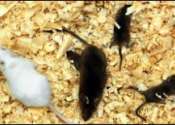How many types of neurons do we need to define?
(Medical Xpress)—A recent perspective paper published in Science has raised some important, and timely, questions regarding neural diversity. The authors, from Columbia, MIT, and New York University, would simply like to ...









